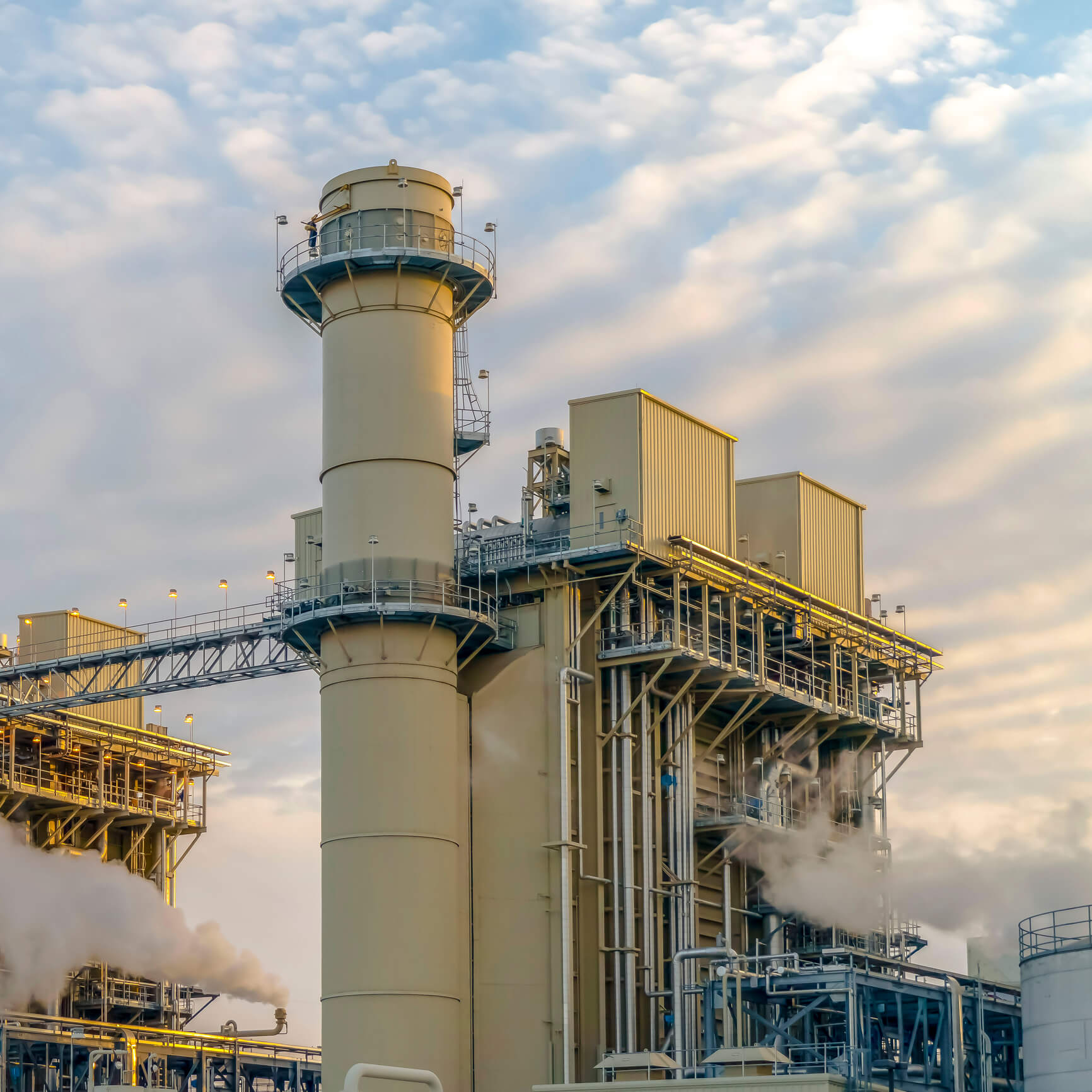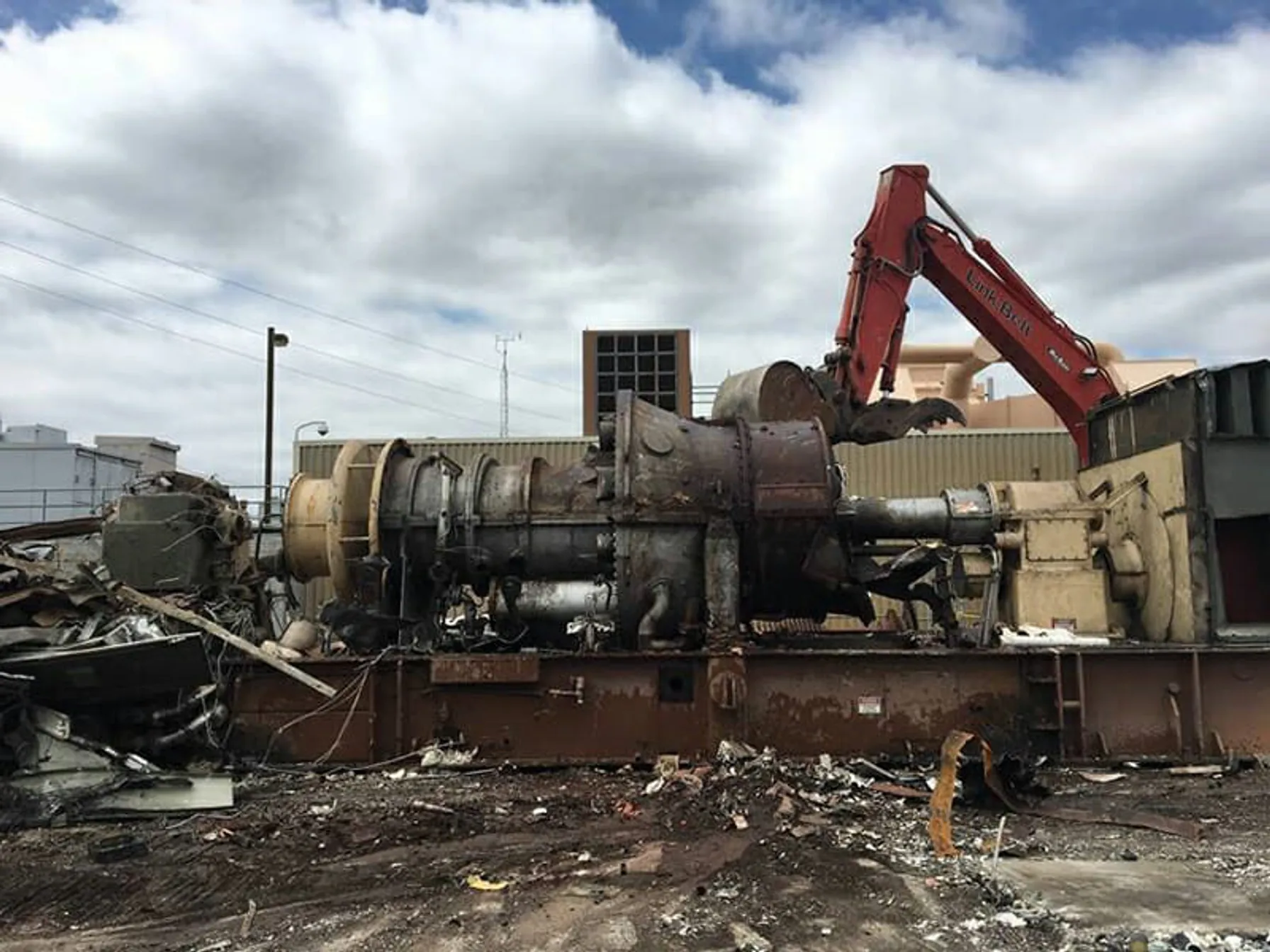- Nameplate capacity
- Ownership
- A list of each emission source and identifiers such as facility number, source number and name
- A schedule outlining how the owner or operator will comply with the requirements set forth in the rule
- Which emission sources will install controls, what those controls will be and the expected NOx emission rates
- Which emission sources will be replaced, repowered or shut down
On January 16, 2020, the New York State Department of Environmental Conservation (NYSDEC) finalized a rulemaking limiting nitrogen oxide (NOx) emissions from existing simple cycle and regenerative peaking combustion turbines with a nameplate capacity of 15 megawatts (MW) or greater during the ozone season (May 1 – October 31).
Under the final rule, NOx limits will be phased in starting on May 1, 2023 and fully implemented on May 1, 2025. A majority of the affected units are in the densely populated areas of the five boroughs of New York City and Long Island. The NYSDEC expects most of the affected units will be retired or replaced.
Power Generators Are Required to Submit a Plan For Compliance With The Rule by March 2, 2020 and Address Any Potential Electric System Reliability Issues
If the regional power transmission grid operator, the New York Independent System Operator, identifies a unit as a “reliability resource,” that unit may be given a two-year extension.

All simple cycle combustion turbines (SCCT) must meet a NOx emission limit of 100 ppm by May 1, 2023 (this must be met as a facility-level weighted average of SCCT at a facility). Gaseous fuel fired SCCT must meet a NOx emission limit of 25 ppm by May 1, 2025. Oil or liquid fuel fired SSCT must meet a NOx emission limit of 42 ppm by May 1, 2025.
Additional compliance options other than meeting the limits include:
- Having an enforceable permit condition written into the operating permit that would not allow the affected unit to operate during the ozone season.
- Meeting an average output-based emission limit (that includes electric storage and/or renewable energy resources) on a daily weighted average basis with the caveat that the electric storage and/or renewable energy resources must be under common control with the affected SSCT AND either be within a one-half mile radius of the SCCT with which it is being averaged OR must be directly connected to the same substation as the SCCT with which it is being averaged.
If an Owner or Operator chooses to meet an average output-based emission limit that includes SCCT, electric storage and/or renewable energy resources, a facility level daily weighted average emission limit of 3.0 lb NOx/MW-hr (regardless of fuel being combusted) must be met by May 1, 2023. By May 1, 2025, gaseous fuel fired SCCTs combined with electric storage and/or renewable energy resources must meet a facility level daily weighted average emission limit of 1.5 lb NOx/MW-hr and oil or liquid fuel fired SCCT combined with electric storage and/or renewable energy resources must meet a facility level daily weighted average emission limit of 2.0 lb NOx/MW-hr.
Owners And Operators Have Several Options To Comply With This New Stringent Regulation
- Meet limits as proposed.
- Not run SCCT during ozone season, which will require facility owners to revise their operating permits.
- Retirement of SCCT, which will require owners to evaluate issues related to abatement, decommissioning, demolition, site restoration and redevelopment.
- Replacement of SCCT with new SCCT.
- Retrofit SCCT with control technology.
- Potential replacement of SCCT with electric battery storage and/or renewable energy resources, which will require an owner to secure permits and approvals in New York either through the Article 10 or SEQRA licensing process.
Download our Fossil Generation brochure to learn more about our permitting, air management and retirement, retrofit and replacement solutions.
Resources



